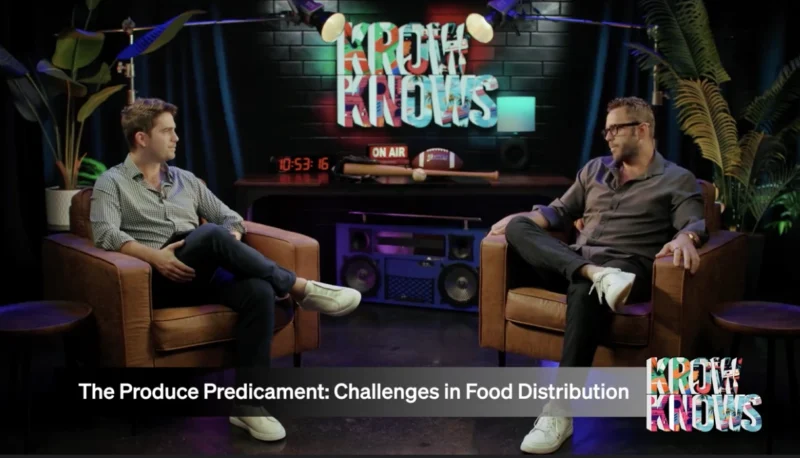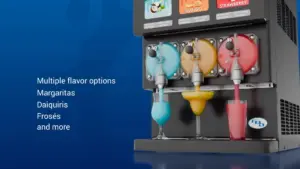Why Self-Pour Taprooms & Technology are the Future for Craft Beer
Craft beer is having its moment, one that shows no signs of stopping. While beer volume sales were down (albeit only one percent) in 2018, craft beer sales hiked up almost four percent, with a craft beer market of $27 billion.
This is giving room for taprooms to reach their customers in more unique ways; creating a new experience for drinkers to try these brews was the catalyst behind the development of Navigator Taproom, a self-pour beer and wine taproom in Chicago. On today’s Food & Bevarage Podcast, we sat down with Tim Enarson, co-founder of Navigator, to dissect his story and find the best practices for opening a self-pour taproom.
“It took about three years to launch, and we actually started with the idea to open a brewery. However, the market was saturated in Chicago, which is home to about 170 breweries, so we decided to do something different,” Enarson said.
What makes their taproom so unique is the self-pour concept, which wouldn’t have been possible with the technology behind it: PourMyBeer software. The software and setup allow visitors to use an RFID card to track the beverages they try, then they are free to explore and pour. “The technology offered by PourMyBeer really helped us envision a way to showcase all the amazing beers in Chicago and from around the world in a different way. It’s not the typical American bar experience; it’s a bit more European,” Enarson said.
The demand for craft beer has accelerated in the last decade, but Enarson pointed out that its roots go back much further. “Craft beer was actually very big pre-prohibition. Then when alcohol became illegal, only the biggest beer companies could survive. It very much set the U.S. back in terms of quality craft beer. Now it’s like the second coming with craft beer being highly sought-after,” he said.
Discover more about Tim’s story and their unique business model, supported by software like PourMyBeer’s, by giving this podcast a listen.
For the latest news, videos, and podcasts in the Food & Beverage Industry, be sure to subscribe to our industry publication.
Follow us on social media for the latest updates in B2B!
Twitter – @FoodMKSL
Facebook – facebook.com/marketscale
LinkedIn – linkedin.com/company/marketscale








